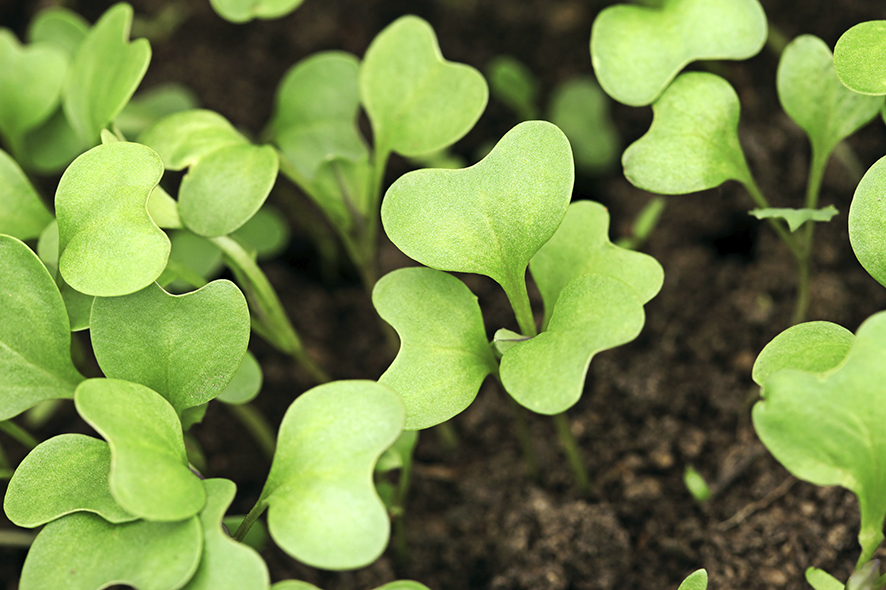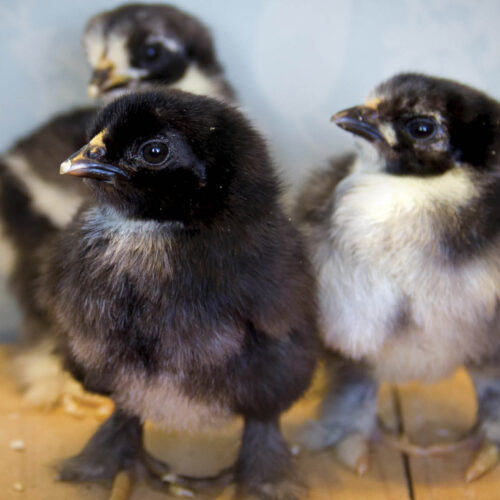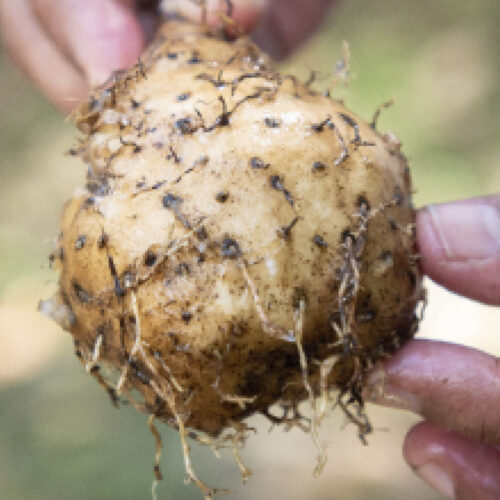Biofumigation
2014-12-03T00:49:08+11:00
Keeping it clean with green manures. PHIL DUDMAN explains biofumigation.
If you’ve ever been troubled by root-knot nematodes in your garden, then you may like to know a little more about biofumigation, an effective organic control method commonly used to manage this menacing pest.
Also known as ‘eel worms’, root-knot nematodes are microscopic, soil borne, plant parasites that burrow into plant roots, causing the development of tumour-like growths, reducing the plants ability to take up moisture and nutrients. As a result, plant growth is stunted and you will often see the plants wilting, particularly in the middle of a warm day. Tomatoes and other solanaceaea are common targets; they can also trouble cucurbits such as melons, as well as carrots, lettuce, beans, pineapples and passionfruit. The way to confirm nematode infection is to dig up the plant and check the roots for tell-tale lumps.
Biofumigation will significantly reduce populations of root-knot nematodes. It involves growing a green manure of mustard greens (Brassica carinata) and digging it into the soil. Once a crop has been cleared, loosen the soil, broadcast the seed over the surface, then rake and water it in, keeping the soil moist so that the seed germinates easily. Water regularly so that the mustard plants flourish. Let the plants mature then dig them into the soil just before they develop flower stems (so they are still soft and sappy). Continue to keep the soil moist so that the crop decomposes quickly. As the mustard plants break down, they release isothiocyanates, a natural biofumigant that is toxic to root-knot nematodes.
If you have ongoing troubles with this pest, it’s a good idea to consider making biofumigation a regular part of your crop rotation system by following nematode prone crops with a green manure of mustard.






